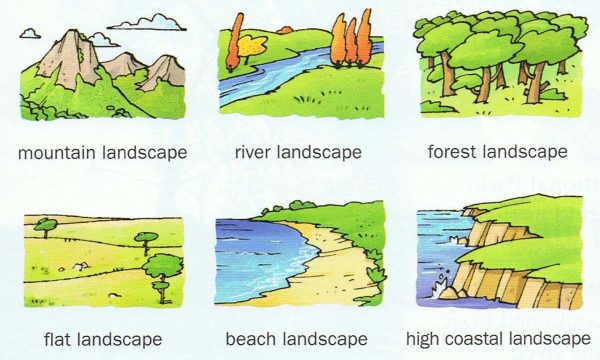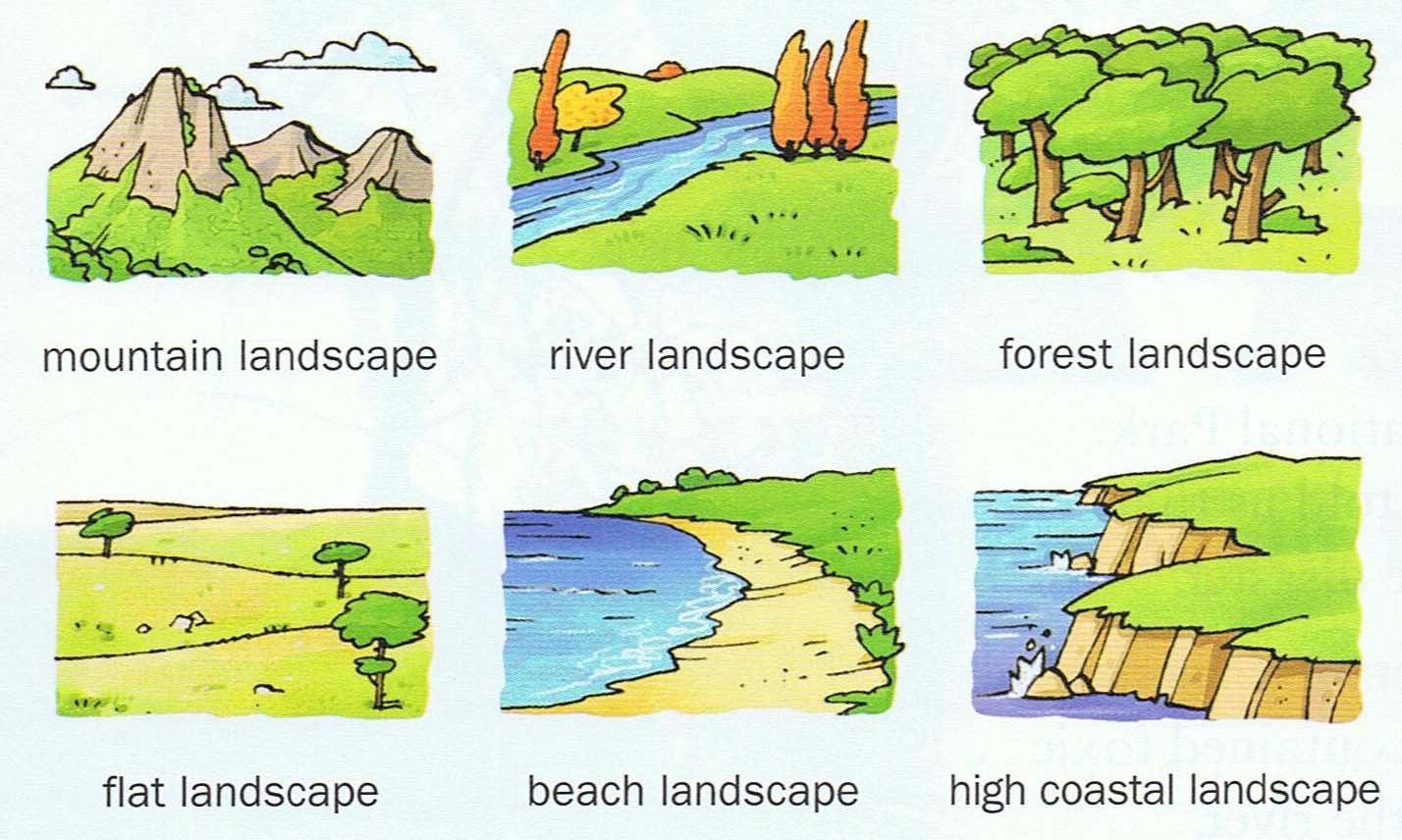
Landscapes are a unique combination of landforms, flora, fauna, and human influence. Landscape is a dynamic backdrop for people’s lives. It includes natural features, such as mountains, rivers, lakes, and sand dunes, as well as human-induced changes. This resource pack provides a brief introduction to the types of landscapes around the world, including activities to help students learn more about their cultural values.
What Are the 7 Types of Landscapes?
Landscapes are an important aspect of integrated ecosystem management. Integrated landscape management is well suited to address complex global challenges. The American Environment Programme has championed the landscape approach to global sustainability Landscaping. As such, it is increasingly being used at local, national, and international levels.

Many significant artists worked in the field of landscape painting after World War I. One group of painters in particular, the Hudson River School, were highly influential in the middle to late 19th century. These artists sought to capture the scope of the natural world and express its spiritual significance. Their work was inspired by the ideals of European landscape painting.
Another group, the Barbizon School, was founded by Jean-Baptiste-Camille Corot in France. This movement helped develop a French landscape tradition. In the nineteenth century, several Dutch Golden Age painters also specialized in landscape painting. They developed subtle realist techniques for depicting light and weather.
In China, landscape painting developed earlier than in Western countries. The Chinese landscape tradition is called shan shui, which means ‘pure’ landscape. The landscapes painted by Shan shui painters often use sophisticated backgrounds to show imaginary scenes. Often the paintings are paired with waterfalls, streams, and mountains.
The Romantic movement led to a new interest in landscape art. Artists such as Albert Bierstadt and Caspar David Friedrich added more pronounced emphasis to landscape works. During the 18th and 19th centuries, religious painting was largely on the decline in Europe. Instead, landscape painting grew rapidly in popularity.
basic types of landscapes
There are seven basic types of landscapes. These include desert, coastal, taiga, karst, tundra, mountain, and plains. Each of these has its own distinct characteristics.
For instance, a desert landscape is normally characterized by sandy soils and few trees. However, the landscape can include a variety of plants, such as switchgrass, which is native to the southwest U.S. and is drought-resistant.
Similarly, a taiga covers most of inland Canada, Norway, and much of Russia. Plains are flat sweeping landscapes. While both the taiga and the plains can be found throughout the Earth’s surface, the taiga is the largest. Typically, it extends from Karelia in the west to the Pacific Ocean.
Finally, a landscape is a visual representation of the area surrounding a person, building, or other structure. Landscapes can be represented in many ways, from print to drawing to photography.
When comparing and contrasting different kinds of landscapes, students need to describe each type and the type of area in which it is found. Once they have a clear idea of the types of landscapes, they can write down definitions for each.